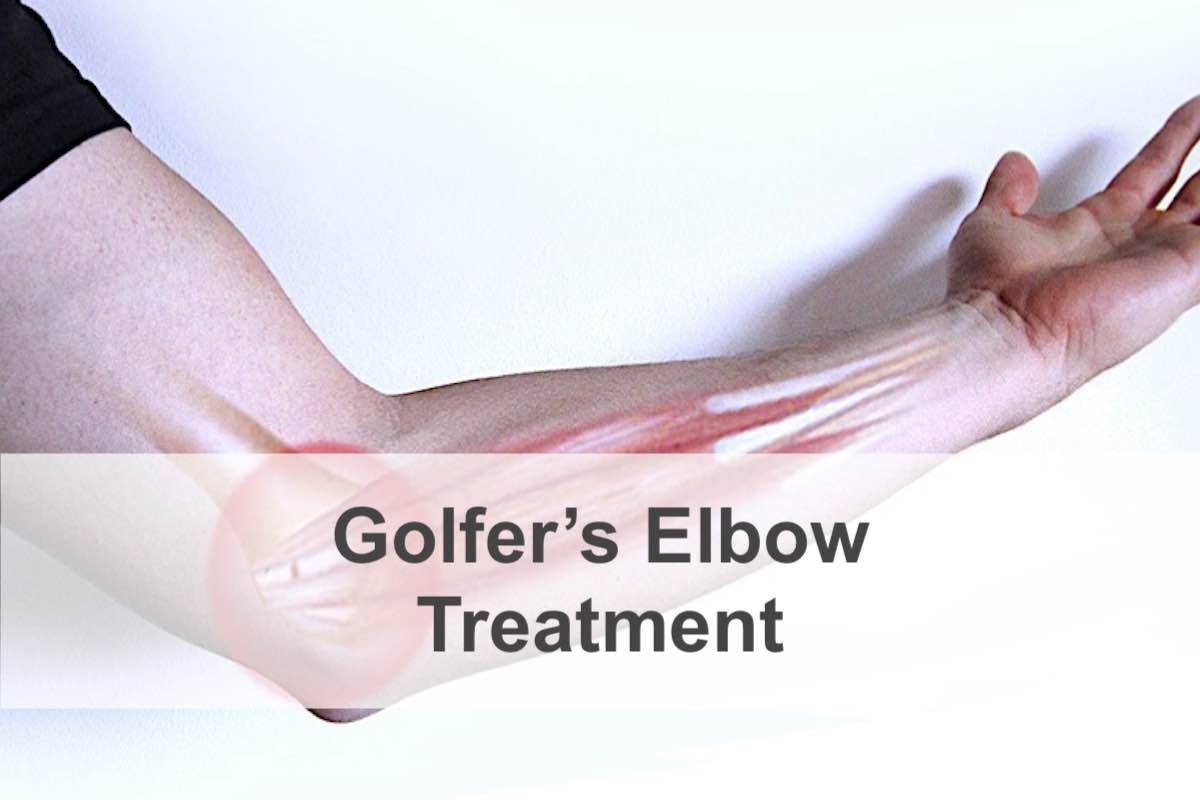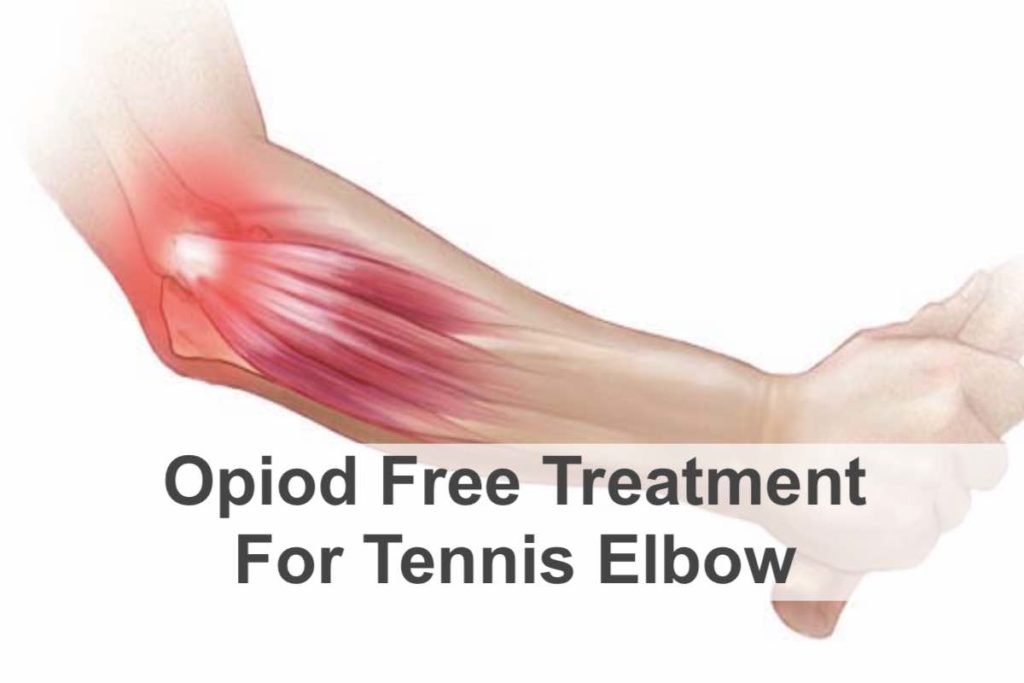Alternative to Opioids for Golfer's Elbow
Golfer’s elbow is a medical condition that causes discomfort and pain in the elbow. The condition occurs when your forearm’s muscles attach to the inside of your elbow’s bony bump. The discomfort and pain may radiate to the wrist and forearm in severe cases.
Golfer’s elbow is somewhat similar to the tennis elbow. However, the condition occurs on the elbow inside, unlike the tennis elbow that occurs on the elbow outside. Golfer’s elbow does not happen only in golf players. Many other athletes and people who do not play sports can develop this condition.
The golfer’s elbow’s most common symptoms are tenderness, pain, weakness, stiffness, tingling, and numbness in the elbow, wrist, and forearm. People who experience hot and inflamed elbow should consult with their health provider immediately. If you can’t bend your elbow or if it looks deformed, make sure you seek medical care as soon as possible to avoid complications.
Golfer’s Elbow Treatment Options
There are many treatment options for the golfer’s elbow. For instance, you can apply ice to the affected area for 15 to 20 minutes 3-4 times a day. If you are experiencing severe pain, your health provider may recommend NSAIDs, such as aspirin, naproxen, and ibuprofen. These medications can reduce inflammation and relieve pain.
Some doctors also recommend a topical medication to decrease the discomfort and pain. However, the topical cream or ointment may not reduce the tingling and numbness that radiates from the elbow to the forearm and fingers.
Lidocaine is the most commonly used corticosteroid injection to relieve pain. However, such injections or painkillers may reduce swelling and pain in the short-term. All these treatments do not have long-term benefits. Moreover, opioid medications are prescribed by health professionals to reduce inflammation and relieve pain.
An opioid drug bind to the brain’s opioid receptor and block the signal. Opioids are used to relieve moderate to severe pain in people who do not respond well to NSAIDs, injections, and topical medications. Common opioids prescribed for golfer’s elbow are codeine, fentanyl, methadone, meperidine, hydrocodone, and acetaminophen.
Although opioids can provide short-term pain relief, it can cause side effects, such as nausea, vomiting, drowsiness, dizziness, constipation, and sleep disorders. The most common reason opioids should be avoided is that people develop dependence or addiction to these drugs.
Best Treatment Option for Golfer’s Elbow
Laser therapy is a great alternative to opioids that can effectively treat golfer’s elbow and symptoms associated with the condition. Laser therapy is gaining popularity among health professionals and patients because of its reliability and effectiveness in reducing inflammation and relieving pain.
Laser therapy involves the penetration of low-intensity photos or wavelengths of light into tissues. When the light enters the cells, it triggers several mechanisms to increase cellular reproduction and growth. It increases energy in the cells and makes them work faster and better to flush out toxins. When your elbow’s muscles are exposed to the laser, they repair more quickly and heal effectively.
The biggest advantage of laser therapy is no side effects, unlike opioids and other pain-relieving medications. Besides, it increases the size of capillaries in the tissues to improve blood circulation.
The swelling or edema is likewise reduced by increasing the lymphatic drainage system. Therefore, laser therapy is an effective treatment option to reduce inflammation, discomfort, tingling, numbness, and pain related to the golfer’s elbow.
Contact Us Today
Get in touch with the team at OrthoLazer in Newburgh, NY today to discuss your questions and health issues to discover if OrthoLazer’s M8 Robotic Laser Therapy is the correct treatment for your needs.
We can then book you in to see our specialist pain relief physician at our Newburgh practice that can personalize the program for your specific needs, begin the pain relief process which will have significant impact on improving your quality of life.
Contact OrthoLazer Newburgh
OrthoLazer Center
5020 Rte 9W
Newburgh, NY 12550
(845) 787-4084
Email Us
Hours
Monday: 8 am to 5 pm
Tuesday: 8 am to 5 pm
Wednesday: 8 am to 5 pm
Thursday: 8 am to 5 pm
Friday: 8 am to 5 pm
Saturday: Closed
Sunday: Closed


